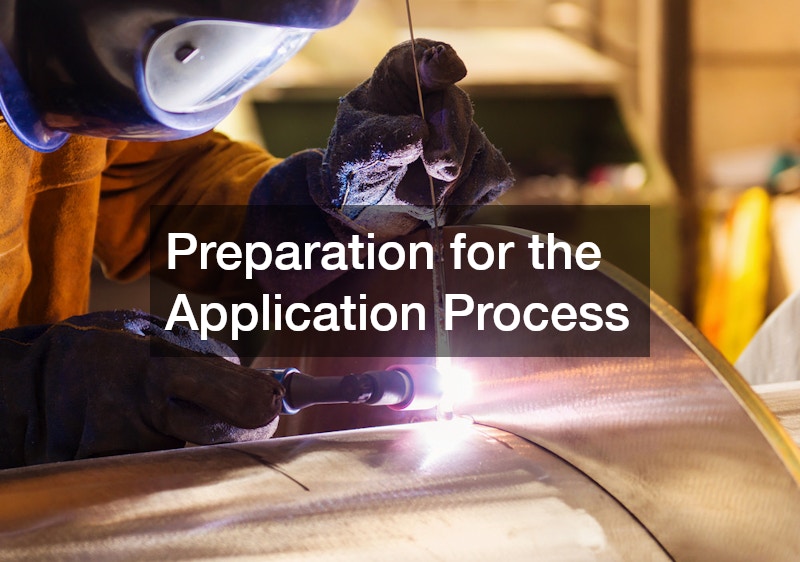In the evolving landscape of skilled trades, welding apprenticeships stand out as a dynamic and hands-on learning journey. These apprenticeships not only provide comprehensive technical knowledge but also cultivate an environment where practical experience takes precedence. As a vital component of workforce development, they bridge the gap between formal education and real-world application, equipping aspiring welders with the skills necessary for a prosperous career in the trade.
Program Structure and Duration
A typical welding apprenticeship program is well-structured, usually spanning two to four years, depending on the complexity of skills being taught. These programs strike a balance between on-the-job training and classroom education, ensuring that apprentices receive both theoretical knowledge and practical expertise. The dual focus helps trainees grasp essential welding techniques while understanding the underlying principles and safety standards critical to the trade.
The curriculum is designed to cover various aspects of welding, including techniques like MIG, TIG, and stick welding, which are fundamental to becoming a proficient welder. Apprentices split their time between working on actual job sites under the supervision of experienced welders and attending related classes to reinforce their technical knowledge. This approach not only builds confidence but also ensures that apprentices are job-ready by the time they complete their training.
Certification and Career Advancement
Completion of a welding apprenticeship is not only a personal achievement but also a significant milestone in one’s professional journey. Successful apprentices often receive certifications recognized by industry standards, validating their skills and enhancing their employability. These credentials open doors to numerous job opportunities, paving the way for career advancement in sectors such as construction, manufacturing, and shipbuilding.
Certified welders frequently enjoy career stability, as the demand for their expertise remains steady in a variety of industries. Employers value the practical experience gained through apprenticeships, making certified individuals attractive candidates for higher-level positions. With proven proficiency and recognized qualifications, welders can pursue specialized roles or transition into supervisory positions, further broadening their career prospects.
Researching Opportunities
Identifying suitable welding apprenticeship programs requires diligent research and exploration of available resources. Prospective apprentices can begin by exploring online platforms dedicated to trade education and training opportunities, where various programs are listed and reviewed. Additionally, local trade unions and technical colleges are valuable sources of information, offering guidance on finding accredited programs that meet industry standards.
Networking within the industry is another effective approach to uncovering apprenticeship opportunities. By connecting with professionals, attending trade shows, and participating in welding-related workshops, individuals can gain insights into available programs and the qualifications required. These connections can also provide first-hand recommendations and potentially lead to mentorship opportunities, further enhancing the apprenticeship experience.
Application Requirements and Process
Once potential programs have been identified, understanding the application requirements is a critical step in the process. Most welding apprenticeships require applicants to possess a high school diploma or equivalent, though some may also demand completion of specific prerequisite courses. Additionally, candidates should prepare to submit a resume, letters of recommendation, and pass a series of interviews that assess their suitability for the program.
The competitive nature of apprenticeship applications means that prospective applicants must be meticulous in preparing their materials. Highlighting relevant experience, such as previous technical training or related work, can strengthen an application. Clear communication of one’s passion for welding and commitment to completing the apprenticeship program is also essential during interviews.
Preparation for the Application Process
Preparing for a welding apprenticeship application involves several strategic steps to enhance one’s candidacy. Building a strong resume tailored to highlight relevant experiences, including any prior exposure to welding or technical trades, is crucial. Prospective apprentices should also engage in skill assessments to identify areas where they may need additional preparation or training.
Personal branding plays a significant role in distinguishing oneself in a competitive applicant pool. Establishing a positive and professional presence both online and offline can showcase one’s dedication to the trade. Engaging with the welding community through social media, participating in relevant forums, and showcasing projects can also demonstrate passion and initiative.
Professional Networking and Mentorship
Welding apprenticeships offer invaluable opportunities for professional networking and mentorship, both crucial elements for career progression. Engaging with industry professionals during an apprenticeship helps apprentices build a network of contacts that can open doors to future job opportunities and collaborations. This network serves as a resource for career advice, industry insights, and potential partnerships throughout one’s career.
Welding apprenticeships stand as a testament to the importance of hands-on learning in preparing a skilled and versatile workforce. By providing a structured blend of theoretical education and practical experience, these programs equip individuals with the tools necessary for a successful career in welding. As a pathway to certification, job security, and career advancement, welding apprenticeships offer a viable and rewarding option for anyone interested in pursuing a trade that promises growth and opportunities.



